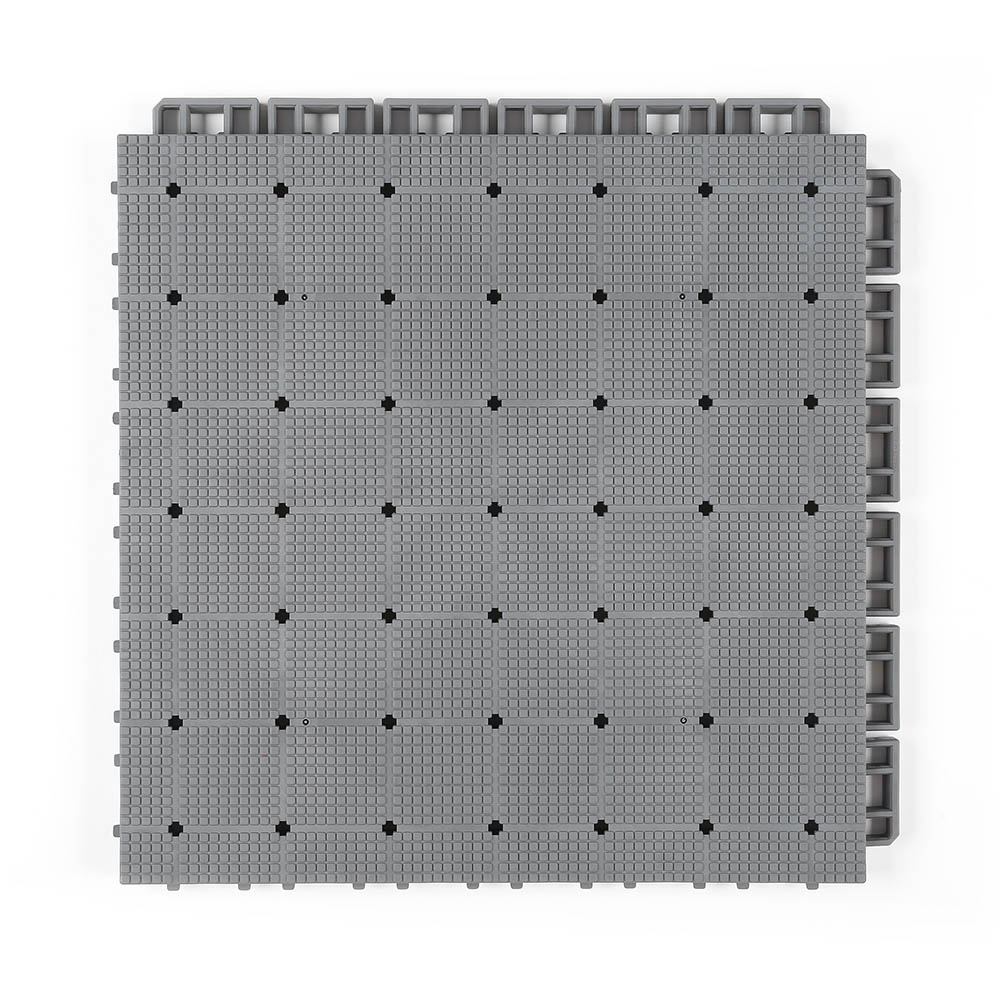Jul . 29, 2024 00:21 Back to list
Exploring the Components and Importance of Basketball Backboards and Stands in the Game
The Essential Role of Basketball Backboards and Stands in the Game
Basketball, a sport beloved by millions around the world, has evolved significantly since its inception in the late 19th century. While much of the game’s excitement stems from the players' skills and athleticism, the equipment used—especially the basketball backboard and stand—plays a pivotal role. Understanding the importance of these components enhances not only the game itself but also the overall experience for players and spectators alike.
The Essential Role of Basketball Backboards and Stands in the Game
The size of the backboard is standardized in professional basketball, measuring 6 feet wide by 3.5 feet high. This consistency is crucial as it ensures all players are accustomed to a uniform target, promoting fairness in competition. Additionally, the backboard's inner box, which measures 24 inches wide by 18 inches high, is marked by a white rectangle that helps players aim their shots. This added visual cue is essential during gameplay, especially for layups or bank shots, where players use the backboard as a strategic tool.
basketball backboard and stand

Equally important as the backboard is the stand, which supports the entire apparatus. The design and sturdiness of the stand can greatly influence the dynamics of play. Professional installations often feature heavy-duty metal poles that can withstand the rigorous physical demands of a basketball game. In contrast, recreational stands must balance portability with stability; thus, many models come with adjustable heights, allowing players of different ages and skill levels to participate. A well-designed stand ensures that the backboard remains at the correct height—10 feet for professional play—while providing the necessary stability to prevent wobbling during intense matches.
Safety considerations are paramount when it comes to basketball backboards and stands. The National Federation of State High School Associations (NFHS) and the NCAA have established guidelines to minimize injury risks associated with the equipment. For instance, padding around the backboard and the pole is recommended in high school and college settings to protect players from collisions. Furthermore, the installation of breakaway rims, which flex under pressure, can reduce the chances of injury when players hang on the rim after a dunk.
As basketball continues to grow in popularity, innovations in backboard and stand technology are emerging. For example, some companies are integrating smart technology into basketball stands, allowing players to track their shooting accuracy and performance metrics via apps. This advancement represents a significant shift in how players can train and improve their skills beyond traditional methods.
In conclusion, basketball backboards and stands are far more than mere accessories; they are essential components that enhance the integrity, safety, and enjoyment of the game. Whether on a professional court or a neighborhood driveway, understanding these fundamental elements can lead to a deeper appreciation of basketball as a dynamic sport and a beloved pastime. With advancements in design and safety, the future of basketball equipment looks promising, ensuring that players can continue to push the limits of athletic performance.
-
Premium Basketball Board Stand with GPT-4-Turbo AI
NewsJul.31,2025
-
Premium Maple Flooring for Gyms & Homes | PVC & Vinyl Options
NewsJul.30,2025
-
Premium Outdoor Basketball Court Tiles for All Weather Use
NewsJul.30,2025
-
Durable Basketball Board Stand for Indoor & Outdoor Use
NewsJul.29,2025
-
Durable Pickleball Court Tiles for Outdoor Sport Courts
NewsJul.29,2025
-
Premium PVC Vinyl Flooring for Homes & Gyms – Eco & WPC Options
NewsJul.29,2025

